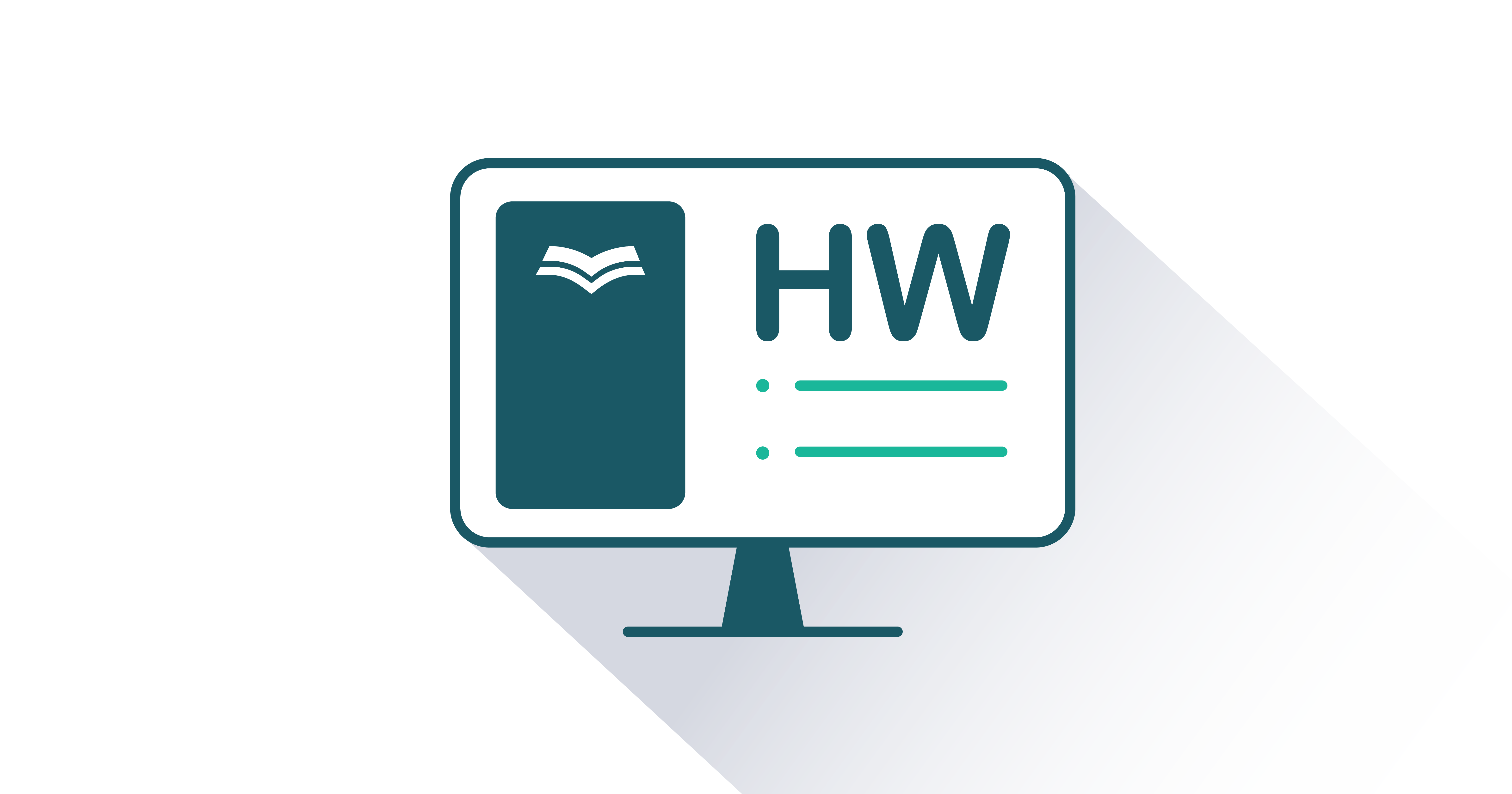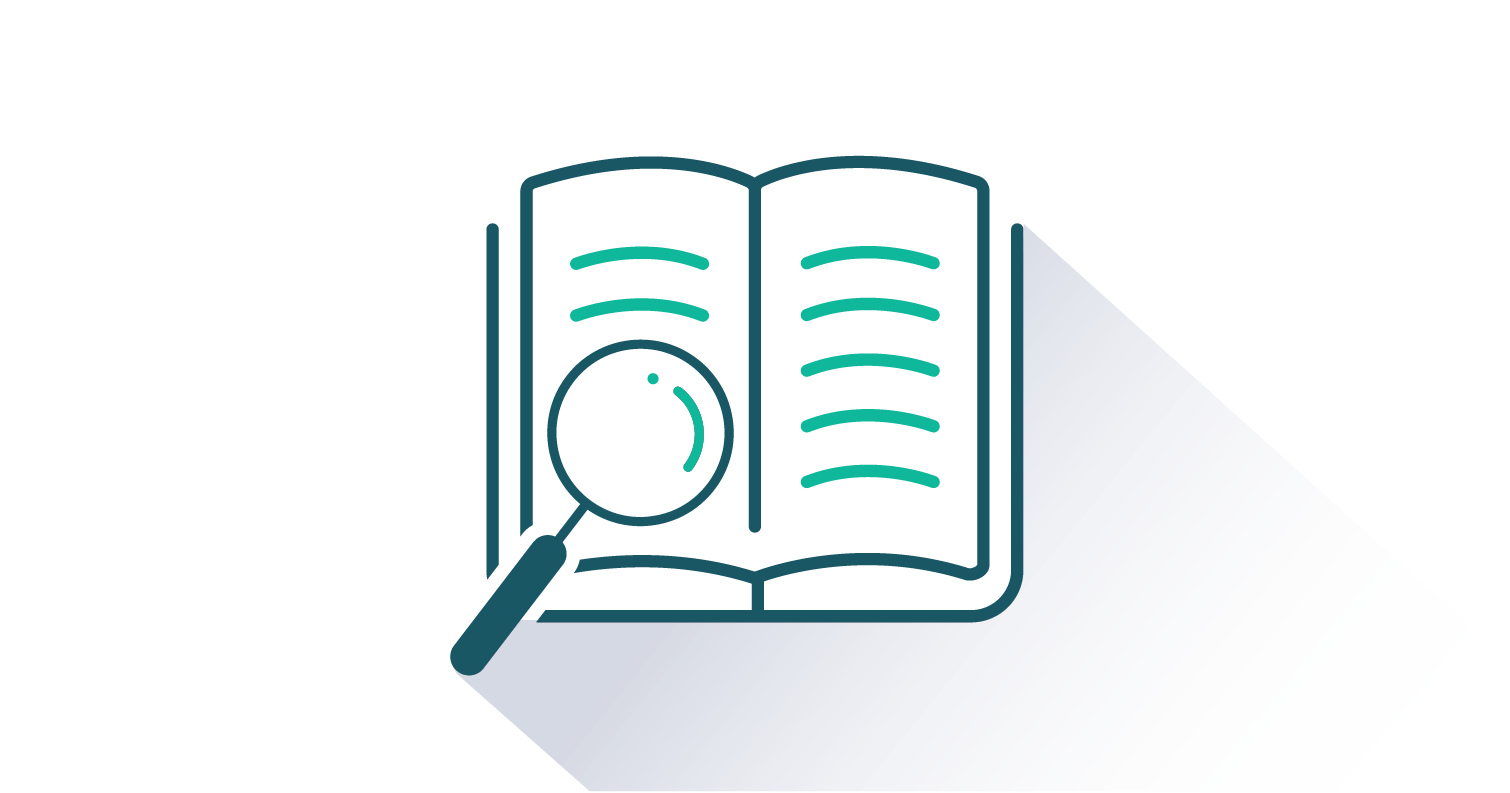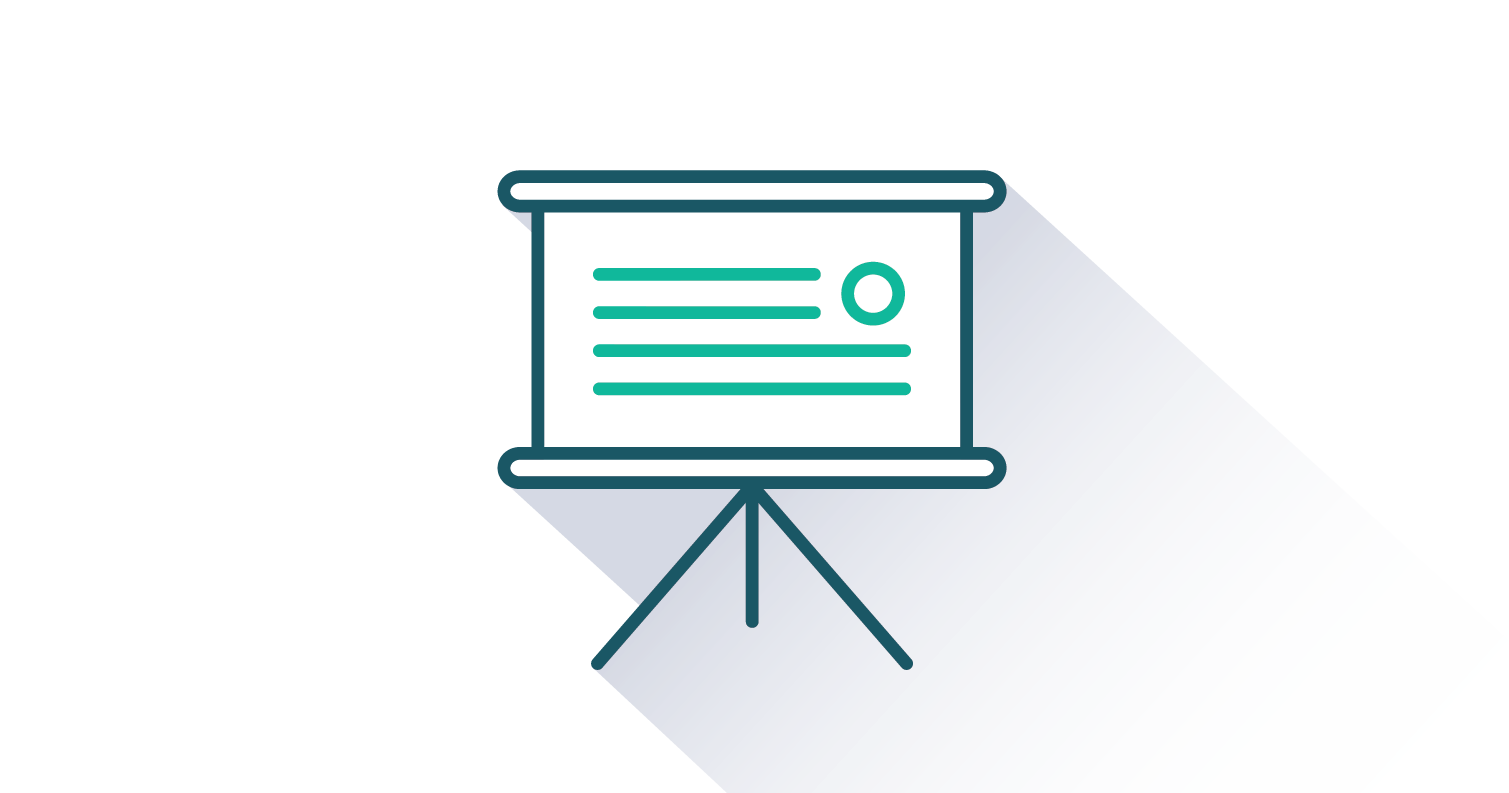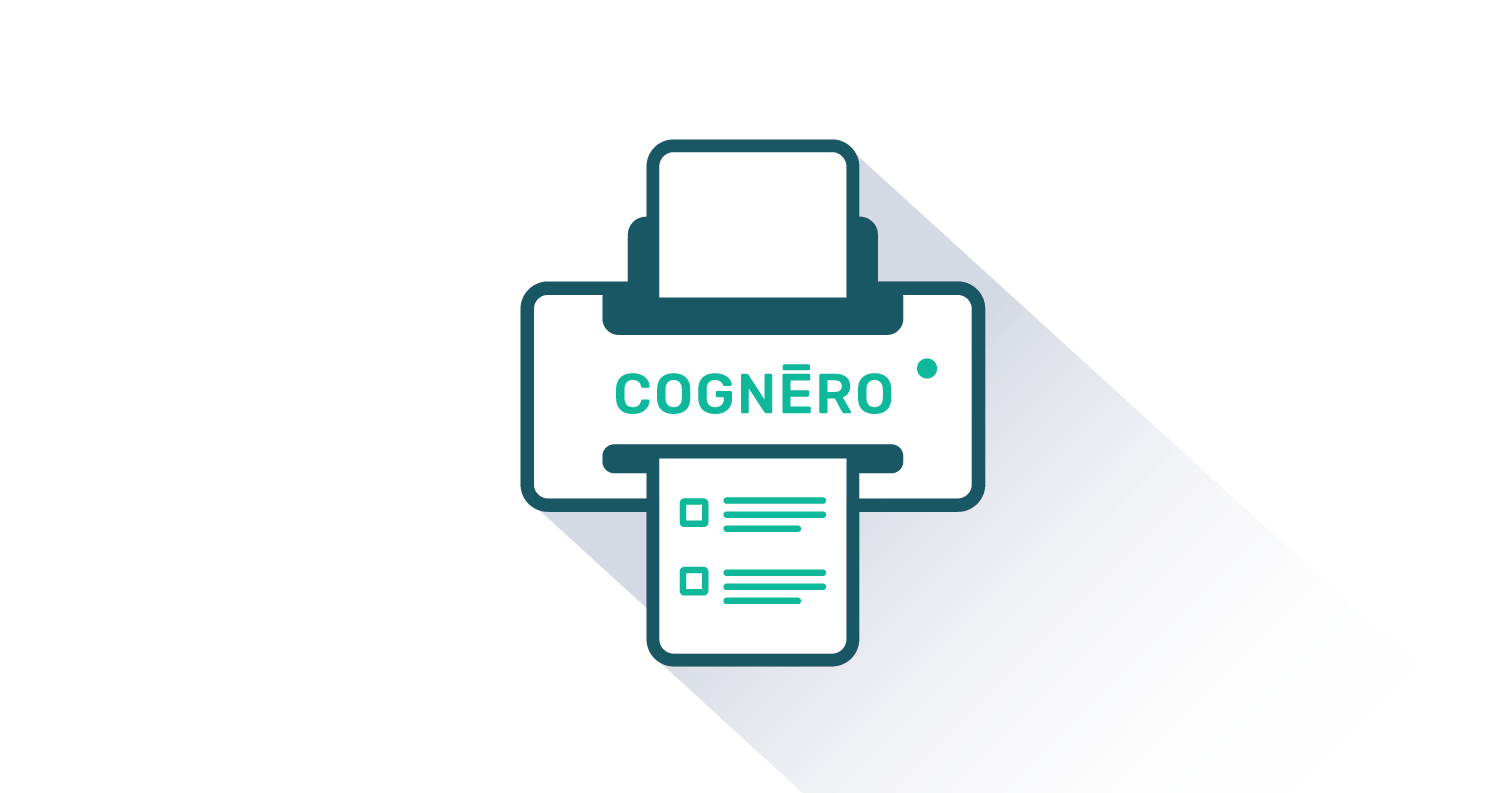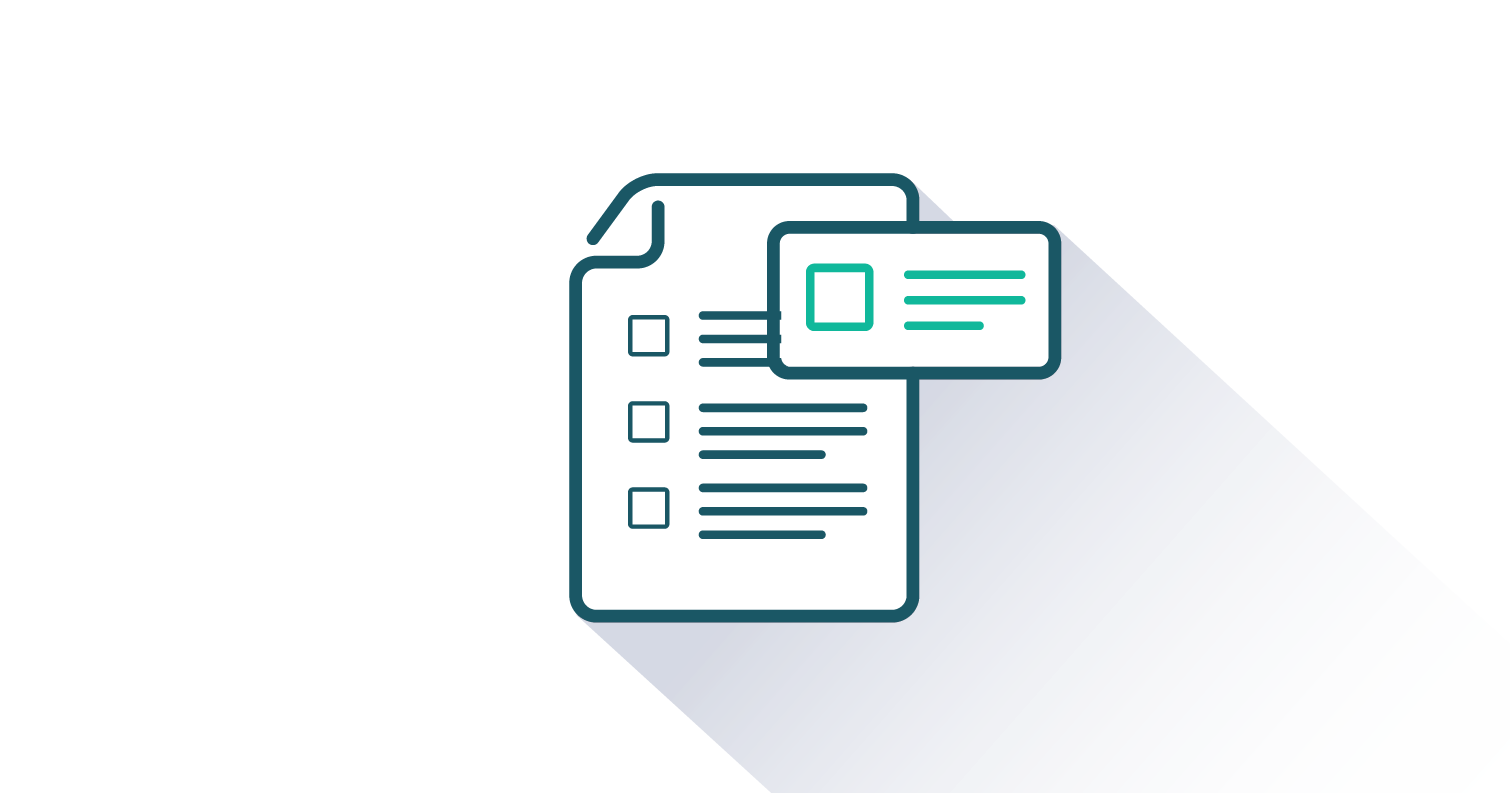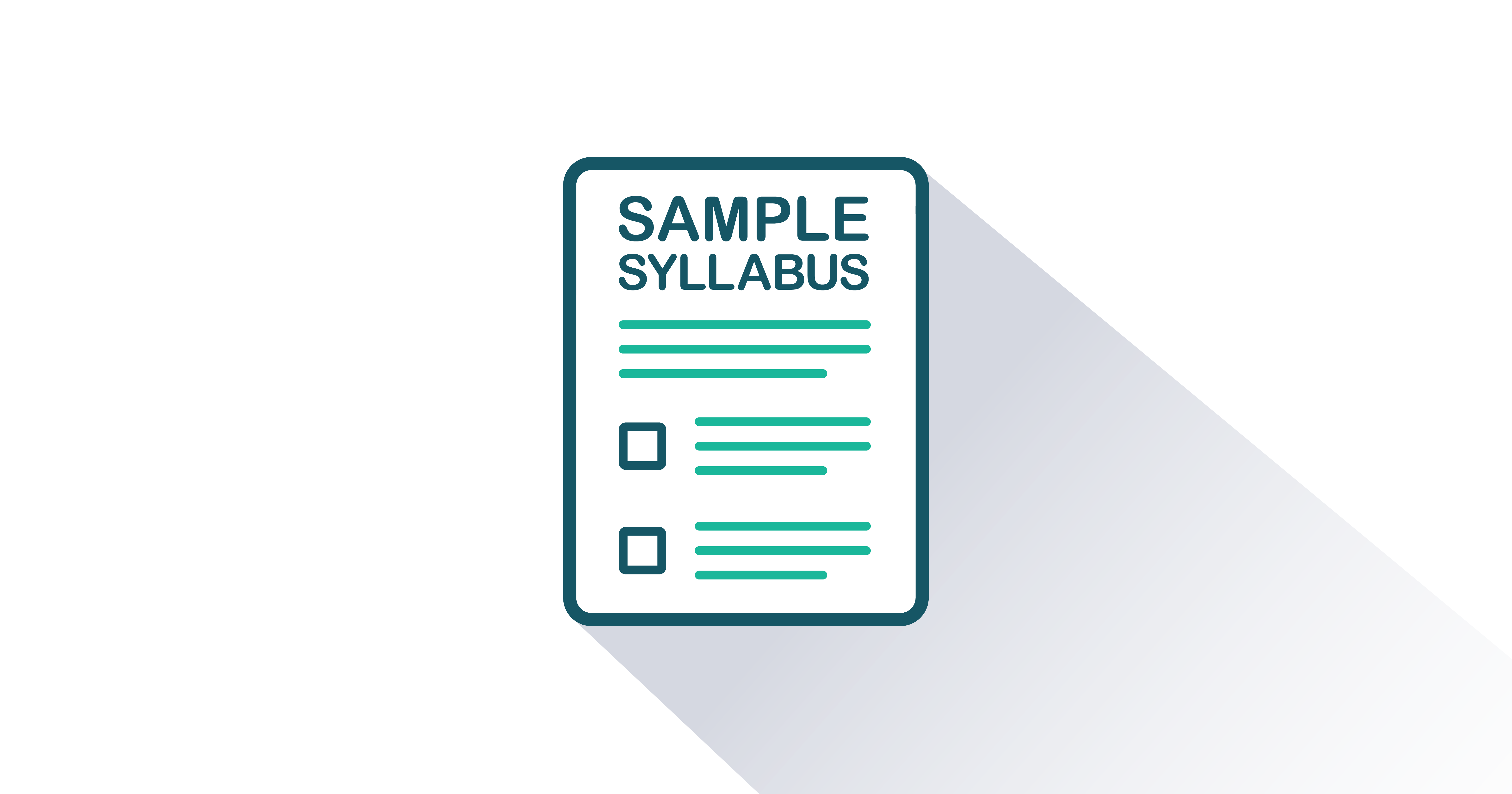New in This Version
Overall
-
The narrative now employs “we,” “us,” or “our” pronouns, which many students find more inviting and engaging
-
References were scrutinized to retain the classics while ensuring all other citations are current
-
Chapter titles were revised to be more descriptive
-
In-text citations were removed to increase ease of reading for students with developing reading skills. Numbered footnotes are used in their place
-
Practice quiz questions are now embedded in the online reader so they can be autograded
By Chapter
Chapter 1: Introduction to Psychology
- Greater emphasis on key critical thinking traits (chapter opener)
- Research Focus draws upon two archival studies of the left-digit bias (Section 1.2: Psychology as a Science )
- Overview of the history of psychology moved to a dedicated appendix for more flexible assignment (Appendix A)
- Presents seven integrating themes based on the findings of the 2021 APA Introductory Psychology Initiative (Section 1.3: Themes)
- New coverage of Wilhelm Wundt and four other psychologists emphasizing their impact on our daily lives or popular culture, psychology’s perspectives and disciplines, and evidence-based study strategies (Section 1.4: Psychology’s History: Yesterday and Today)
Chapter 2: Research Methods: The Science of Psychology
- Try This! explains how to read a research journal article (chapter opener)
- Changes to Section 2.2: Psychologists Use Descriptive, Correlational, and Experimental Research Designs to Understand Behavior
- Two new studies: Transgender athlete and African-American women working in STEM fields
- Includes APA’s 2021 Stress in America survey findings
- Clarified discussion of random sampling using a new Pew Research Center video and revised Try This! box that describes how students can use decks of cards to see population sampling in action
- Examples of naturalistic observation pared down and descriptive statistic discussions deleted
- Explanation of correlations focuses on third variables and the difference between positive and negative correlations. Example introduces newer research on happiness and TV watching
-
Expanded sub-section on experiments to better explain experimental design and random assignment. New Try This! on random assignment.
-
Introduces SIFT test (stop, investigate, find, and trace) technique for critical thinking about psychological research in the news. The content on research validity was removed (Section 2.3: Critical Thinking about Psychological Research in the News)
Chapter 3: Biological Psychology: The Brain at Work
- Changes to Section 3.1: The Neuron is the Building Block of the Nervous System
- Simplified description of neurons
- New BrainFacts.org video on neural communication in addition to new coverage of agonists and antagonists, reuptake inhibitors, and enzyme inhibitors.
- New Research Focus box on randomized controlled trials, placebo effect, experimenter bias, and double-blind studies
- New video of conjoined twins highlights how the thalamus plays a role in sensing our surroundings (Section 3.2: Our Brains Control Our Thoughts, Feelings, and Behavior)
Chapter 4: Sensation and Perception: Experiencing the World Around Us
- Better defines the difference between sensation and perception using the blue-black/gold-white dress example (chapter opener)
- New NSF video on blindsight (Section 4.1: We Experience Our World Through Sensation)
- Subliminal stimulation deleted (Section 4.1: We Experience Our World Through Sensation)
- Changes to Section 4.2: Vision
- New feature on how to see infrared that illustrates the limits of human vision
- Better illustrated discussion of wavelength, how the eye’s cones respond, and the color we see
- The sub-section on perceiving motion was deleted
- Changes to Section 4.3: Hearing
- New image illustrating the difference between pitch and frequency
- Updated summary table of decibel levels for common sounds
- New Try This! box encourages students to download a free decibel meter app to their phones and measure decibel levels around them
- New video showing the cochlea’s cilia at work
- New coverage of supertasters, non-tasters, and COVID-19 as a potential cause of anosmia (Section 4.4: Taste, Smell, Touch, Proprioception, and Balance)
- Changes in Section 4.5: Accuracy and Inaccuracy in Perception
- Replaced videos on the McGurk effect and selective attention
- Added coverage of synesthesia
- New images illustrating shape constancy and color constancy
- Research Focus on embodiment deleted
- Added coverage of perceptual set, including a Try This! box using the duck/rabbit drawing
Chapter 5: Consciousness: Sleep, Drugs, and Other Mental States
- New coverage of the importance of sleep to athletes (chapter opener)
- Changes to Section 5.1: Sleeping and Dreaming Revitalize Us for Action
- Added discussion of chronotypes
- New BrainFacts.org video on sleep stages
- Updated recommended hours of sleep summary table
- New sleep deprivation infographic from Johns Hopkins University
- New list of tips on how to get better sleep
- Coverage of sleep disorders now follows sleep deprivation
- New BBC News video on narcolepsy
- Changes to Section 5.2: Altered Consciousness: Psychoactive Drugs
-
Updated psychoactive drugs summary table. Columns for psychological dependence, physical dependence, and addiction potential have been replaced with symptoms of overdose, long-term effects, and symptoms of withdrawal.
-
Updated summary of opioid use in the U.S.
- Changes to Section 5.3: Altered Consciousness: Hypnosis, Meditation, and Flow
- Section on sensory deprivation was deleted
- Added sub-section on flow
- New meditation video
- Feature on escaping everyday consciousness was deleted
Chapter 6: Development: Changes Across Our Lifetime
-
New chapter opening story focuses on two sets of identical twins from Colombia who were switched at birth (Chapter Six opener)
- The table of Erikson’s stages was deleted (chapter opener)
- New National Geographic video on pregnancy (Section 6.1: Conception and Prenatal Development)
-
Epigenetics feature was moved into its own chapter sub-section and expanded (Section 6.1: Conception and Prenatal Development)
- Changes to Section 6.2: Infancy and Childhood: Exploring and Learning
- New stages of labor and theory of mind videos
- Replaced conservation video with a more updated selection
- Expanded coverage of attachment and temperament
- New feature on gender identity (Section 6.3: Adolescence: Developing Independence and Identity)
- Moral reasoning section was deleted (Section 6.3: Adolescence: Developing Independence and Identity)
- Expanded feature on parenting styles to reflect cross-cultural research (Section 6.4: Early and Middle Adulthood: Building Effective Lives)
- New graphs summarize changes in age for first marriage and divorce rates (Section 6.4: Early and Middle Adulthood: Building Effective Lives)
- Coverage of death, dying, and bereavement was deleted (Section 6.5 Late Adulthood: Aging and Retiring)
Chapter 7: Learning
-
New chapter opening story on “Hero Rats” that are trained to sniff out landmines and tuberculosis, including a link to a TED Talk video of the project’s founder (chapter opener)
- New feature explains how Pavlov’s bell was actually a buzzer and how a mistranslation of the words “conditional” and “unconditional” became “conditioned” and “unconditioned” (Section 7.1: Classical Conditioning: Learning by Associating Stimuli)
-
New sub-section presents examples of classical conditioning: phobias, drug use, and food aversion (Section 7.1: Classical Conditioning: Learning by Associating Stimuli)
-
Three new Try This! features encourage students to identify the types of reinforcement and punishment, schedules of reinforcement, and use reinforcement in their own lives (Section 7.2: Operant Conditioning: Learning by Associating a Behavior with Consequences)
- Several new examples, including classical conditioning in advertising, operant conditioning to change our own behavior, and operant conditioning in social dilemmas (Section 7.3: Using Principles of Learning to Understand Everyday Behavior)
Chapter 8: Memory and Cognition: Remembering and Thinking
-
New chapter opening story features face blindness and facial super recognition (chapter opener).
- Operant conditioning is used in a cognitive map that illustrates elaborative encoding
- Changes to Section 8.2: How We Remember: Cues to Improving Memory
- Added discussion of self-reference effect in Research Focus
- Additional Research Focus on the testing effect
- New TED Talk video on the hippocampus’s role in memory
- Changes to Section 8.3: Accuracy and Inaccuracy in Memory and Cognition
- Source monitoring is renamed as source confusion
- Salience and cognitive accessibility have been removed
- Sub-section on the availability heuristic includes two new examples: firearms deaths and physician decision-making regarding vaginal or abdominal births
- Cognitive Biases in the Real World feature was deleted
Chapter 9: Intelligence and Language: Processing Information and Communication
-
New chapter opening story features a TED Talk on how language influences how we think (chapter opener).
- Significant revision to the chapter’s overall intelligence coverage
- Section 9.1: Defining and Measuring Cognitive Intelligence now focuses specifically on cognitive intelligence
-
New Section 9.2: Theories of Specific Intelligences discusses the theory of multiple intelligences, the augmented theory of successful intelligence, emotional intelligence, and cultural intelligence
Chapter 10: Emotions and Motivation: What Drives Us
-
New chapter opening story features research on stress related to the COVID-19 pandemic and a file download for both U.S. and international. crisis helplines (chapter opener)
-
This chapter is significantly revised and features several new sub-sections: behavioral aspects of emotion, physiological aspects of emotion, functions of emotions, and controlling emotions. Discussion of basic emotions was deleted
- New focus on subjective well-being and the PERMA model (Section 10.3: The Power of Happiness)
- Changes to Section 10.4: Motivation: Eating, Sexual Behavior, and Achievement
- Added coverage of binge eating disorder and a new video from the National Eating Disorders Association that provides eating disorder warning signs
- New video from ASAP Science covers the science of orgasms
- New Research Focus box describes a study that found a relationship between ovulation and tips received by lap dancers
- New section on achievement was added, including a TED Talk video on growth mindset
Chapter 11: Social Psychology: Interacting with Those Around Us
-
New chapter opening story features three examples of people putting their own lives at risk to save the lives of strangers (chapter opener).
- New video from TV 2 Denmark illustrates ingroups and outgroups
- Relationships are put in the context of zones: intimate, personal, social, and public (Section 11.1: Social Cognition: Making Sense of Ourselves and Others)
- Added discussion of the sunk cost fallacy as an example of cognitive dissonance (Section 11.1: Social Cognition: Making Sense of Ourselves and Others)
- Changes to Section 11.2: Interacting with Others: Helping, Hurting, and Conforming
-
Prosocial behavior was added to introduce altruism
- Quotes from the five major world religions are used to help illustrate the social responsibility norm
- Kitty Genovese’s murder was deleted, and new examples illustrate the bystander effect and overcoming the bystander effect
- New excerpt from a TED Talk illustrates how unfair treatment can lead to aggression even in monkeys
- New video of a music festival dance party illustrates minority influence
- The table of techniques for improving group performance was condensed (Section 11.3: Working with Others: The Costs and Benefits of Social Groups)
- Do Juries Make Good Decisions feature was deleted (Section 11.3: Working with Others: The Costs and Benefits of Social Groups)
Chapter 12: Personality: Development and Measurement
-
New chapter opening story features a TED Talk on introversion (chapter opener)
- Changes to Section 12.1: Personality and Behavior: Approaches and Measurement
- Added discussion of the HEXACO model following the Big Five
- New feature on why the MBTI is not a good measure of personality
- New section on personality and work, including a new feature on leadership
- Coverage of the Barnum effect was moved to its own sub-section
- The sub-section on personality genetics was moved to Section 12.2
- The concluding section is now titled “History: Personality Theory’s Early Years”
- Discussions of Phrenology and body types, projective tests, and the Research Focus feature on preferred motivations were deleted
Chapter 13: Psychological Disorders: Defining Mental Illness
-
New chapter opening story features a TED Talk on the value and harm a mental illness diagnosis can bring (chapter opener)
- Changes to Section 13.1: Mental Illness: What Makes a Behavior “Abnormal?”
- Discussion of prevalence was deleted
-
Psychopathology and mental illness added as new key terms
- Expanded discussion of the biopsychosocial model to embrace culture (now the biopsychosociocultural model)
- Replaced the DSM disorders summary table with a file download of the DSM-V’s table of contents
- Changes to Section 13.2: Anxiety and Trauma-Related Disorders
- The table of most common phobias was deleted
- A table of common symptoms was added to the sub-section on obsessive compulsive disorder (OCD)
-
Acute stress disorder was added to the section on PTSD
- The sub-section on dissociative disorders was removed
- The Research Focus on molecular genetics was removed
- A new personal narrative on the experience of schizophrenia replaces the previous video (Section 13.4: Schizophrenia)
- A feature explaining the differences between antisocial personality disorder, psychopathy, and sociopathy was added (Section 13.5: Personality Disorders)
- The Research Focus on deficits in BPD was deleted (Section 13.5: Personality Disorders)
- Coverage of physical, sexual, eating, and sleeping disorders was deleted (previous Section 13.6). Eating disorders are covered in 10.4. Sleeping disorders are covered in 5.1.
Chapter 14: Therapy: Coping with Life’s Changes
-
New chapter opening story features a TED Talk on the stigma of seeking help to improve mental health and includes a new box describing the different types of mental health practitioners (chapter opener)
- Changes to Section 14.1: Psychotherapy
- Now opens with three new sections: Finding a Psychotherapist, The First Psychotherapy Session, and The Psychotherapist’s Code of Ethics.
- The types of psychotherapy have been re-ordered into three main categories. The first category is comprised of psychoanalysis, psychodynamic therapy, and interpersonal therapy. The second is humanistic approaches. The third category includes behavior, cognitive, and cognitive-behavior therapies.
- New coverage and a graph on gender differences in type of mental health treatment (Section 14.2: Biomedical Therapies)
- Discussion of propranolol was added to the section on antianxiety medications (Section 14.2: Biomedical Therapies)
- Research Focus box on the IAT and suicide was removed (Section 14.3: Environmentally Based Treatment)
- The effectiveness of biomedical therapies has been broken into two new sections: effectiveness of drug therapy and effectiveness of combined psychotherapy and drug therapy (Section 14.4: Evaluating Treatment and Prevention: What Works?)
- The effectiveness of social-community approaches has been rewritten to discuss some different approaches used to improve community mental health (Section 14.4: Evaluating Treatment and Prevention: What Works?)
Appendix A: The Evolution of Psychology: History, Approaches, and Questions now covers the traditional history of psychology in a flexible and easily assigned module


